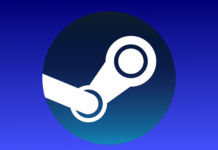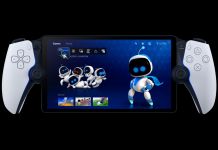Microsoft Windows 8 will sport two separate user interfaces, the classic Windows desktop where use mouse and keyboard, and the fresh Metro interface that is designed for touch technology. To our great delight Microsoft has confirmed that the two are separate and cane be started and turned off like regular applications.
Windows 8 will according to Microsoft be the first Windows operating that really adapts both the classic PC world and the fast growign mobile market. With hundreds of millions Windows 7 users around the world there is no point or even possibility to develop Windows 8 without the classic desktop interface, but it is pretty clear that it decided not to compromise with the support for mobile devices.
Microsoft decided to work on two completely separate user interfaces where it has shown some of the functionality and ideas behind the touch interface Metro.

In the latest entry at the developer blog “Building Windows 8” Microsoft has explained a bit on how it reasoned in the planning of the interfaces. Most importantly it confirms that the new Metro interface is separate from the Windows desktop;
“And if you want to stay permanently immersed in that Metro world, you will never see the desktop—we won’t even load it (literally the code will not be loaded) unless you explicitly choose to go there! This is Windows reimagined.” Steven Sinofsky writes in the Building Windows 8 blog
This is great news and even if we expected a separation between the two interfaces it is positive to have it confirmed. This means that you can use one and the same unit for different purposes. For example a tablet with Metro interface, but when docked, like ASUS Eee Pad Transformer, can go back to the regular desktop without changing any software.
 The Explorer of Windows 8.
The Explorer of Windows 8.
Both interfaces can be activated and deactivated like regular applications, which should mean they should not affect the performance of the other. This is otherwise a problem with tablets running Windows 7 where the touch interface is just a shell on top of the desktop.
Microsoft has done its homework and together with an ARM version of Windows 8 it may very well be on the track for something big.


















